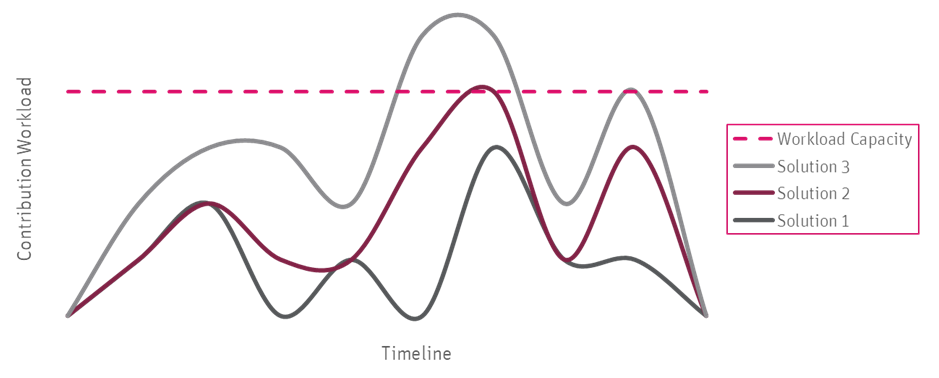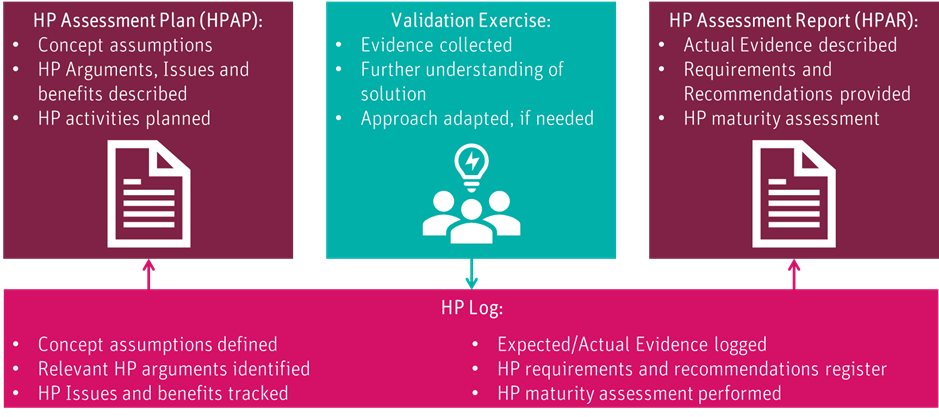Wave 2 of the SESAR 2020 work programme is getting underway. The SJU has always promoted the use of WebEx meetings to progress work and our expectation is that significant headway can be made during the lockdown with some creativity, perhaps utilising advanced ideas like remote-RTS management.
The current crisis is a stark reminder of the importance of understanding the many ways in which changes to operating conditions impact human performance. Within SESAR, this is explored through Human Performance Assessment (HPA) at solution level – an activity which always seemed to have limited budget in Wave 1.
Like many others, I wore several hats through Wave 1, leading one solution and contributing to eight other operational solutions, technical solutions and very large demonstrations. This blog brings together this experience to highlight for Solution Leads, the essentials for facilitating a successful HPA in Wave 2 and to maximise the impact of available budgets.
Starting Strong
It’s always advisable that the Human Factors (HF) expertise begin involvement in the solution from kick-off and throughout the process, as this often saves resources in the long run. HF experts should be integrated within the project team from the start. They should be fully familiar with the concept and technical aspects, contributing effectively to the VALP, OSED and VALR, whilst keeping up with changes and engaging in project meetings to ensure that HF issues are understood.
The required level of HF involvement will vary by solution. A more technical topic that doesn’t directly impact on the controller’s operational performance may only require basic considerations. However, new controller tools or HMI elements will have widespread impacts on the controller task and those concepts will require a more comprehensive assessment.
A HF expert often finds themselves attached to several solutions, so it necessary to manage contributions across each of them to balance workload – similar to designing interactions between system elements to support ATCO workload! Solution Leads should have visibility of this, to anticipate potential clashes and suggest alternative support arrangements if needed.

Jumping Through the Hoops
With all SESAR contributions it is important to work with rather than against the SESAR templates. Many working in Wave 1 developed a love-hate relationship with the structure and formatting of SESAR deliverables. With many feeling that the templates don’t support the way they work. However, re-visiting and re-working deliverables burns valuable time and effort that could otherwise be spent improving quality. It is much more efficient to use the rigour of the templates to your advantage – they ensure you capture the necessary information, and annexes can always be introduced for content that adds value but isn’t directly accommodated within the framework.
Although you might assume that the HPA Plan (HPAP) and HPA Results (HPAR) templates are where focus is needed, the key is actually the HP log – this spreadsheet acts as both the start and end point of the HF contribution to a solution, tracks all of the key information through the HPA process and will generate most of the information required by the HPAP and HPAR (they are in effect snapshots of the HP log’s content before and after the validation exercises have been conducted).

It is important that HF contributors are able to collect the right data during the validation exercises(s) to provide evidence against each of the HF issues and benefits. If not, additional HP activities will be required to fill the gaps, creating unwanted work.
It is the HP log that maintains the visibility and rigour to ensure that issues and benefits are tested against in the exercises leading to an efficient consolidation process.
Collaboration is Key
The validation team will spend the opening months of the solution collecting stakeholder needs and defining exercises objectives. It’s always advantageous for the HF and validation experts to work together in order to make sure that HF metrics are properly represented in the data collection and analysis plan and that the experimental plan is supportive of the HP assessment as a whole. It also gives the HP contributor the opportunity to advise on the best methods to satisfy their HF issues/benefits early, saving re-work later.
Equally, the validation team will be able to use their experience to suggest novel data collection methods for the specific concept, rather than relying on the industry standard questionnaires – it is always the case that combining ideas from several disciplines leads to a better outcome.
How exercises are executed is critical for the HP process. HF experts need to be directly involved to address potential issues as they develop. This means supporting the validation team in collecting the HF-heavy metrics and contributing to debrief sessions. There are substantial knock-on benefits from these efforts in the analysis and reporting phases.
We should all be able to use our experience over the last few years to make our lives easier the second time around. At the same time, we can support our colleagues and other contributors who may be tackling this for the first time. We can engage with one another and as a HF community of practice to benefit all and prompt further improvements to the SESAR process.
At Think we are looking forward to Wave 2. We will be taking the lessons above and others learned during Wave 1 to help improve the efficiency of the R&D process. Our involvement in all aspects of SESAR allows us to provide comprehensive support. If you’d like to discuss potential support to Wave 2 please let us know!

Author: Jonathan Twigger, ATM Consultant


Recent Comments